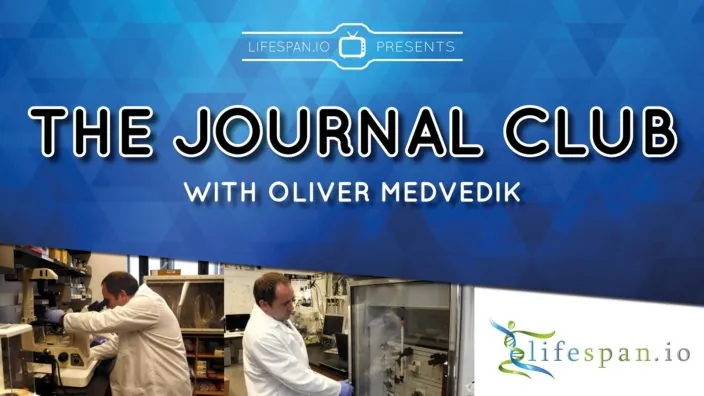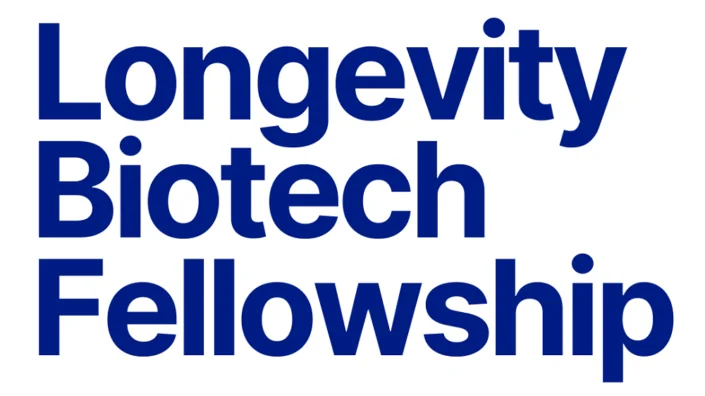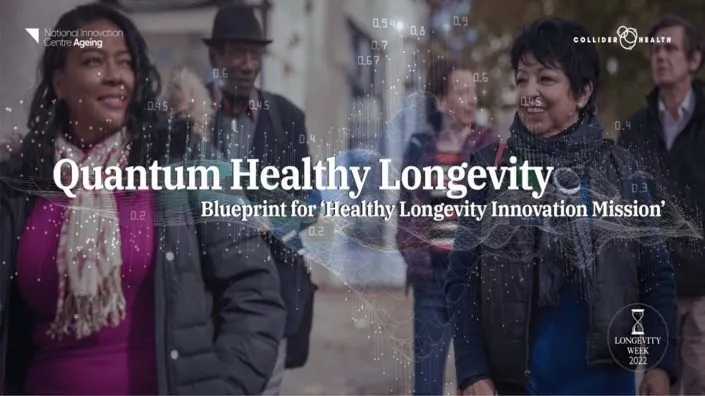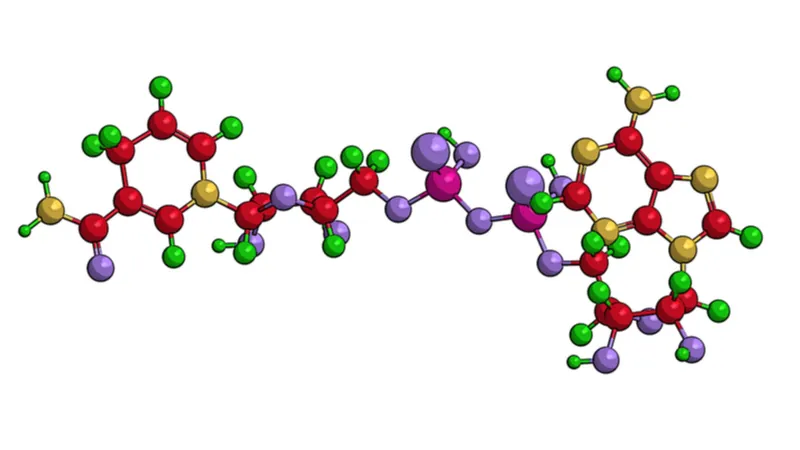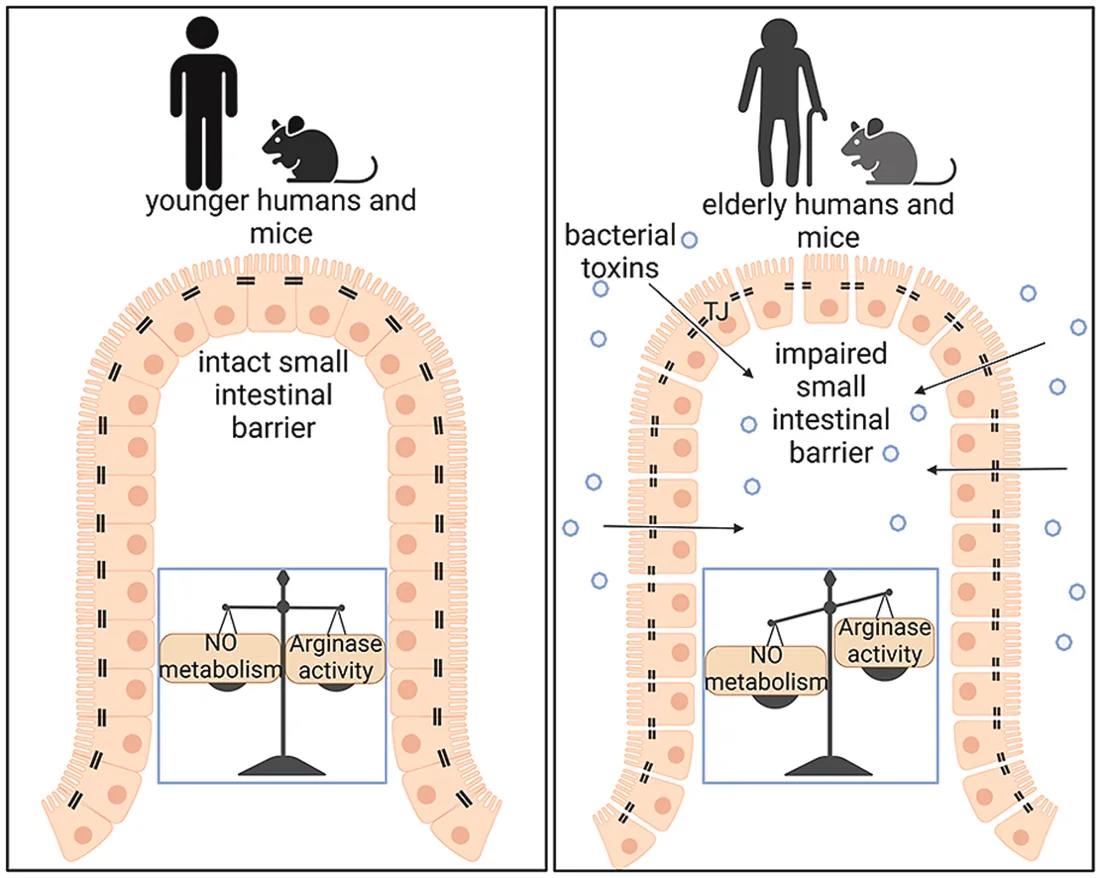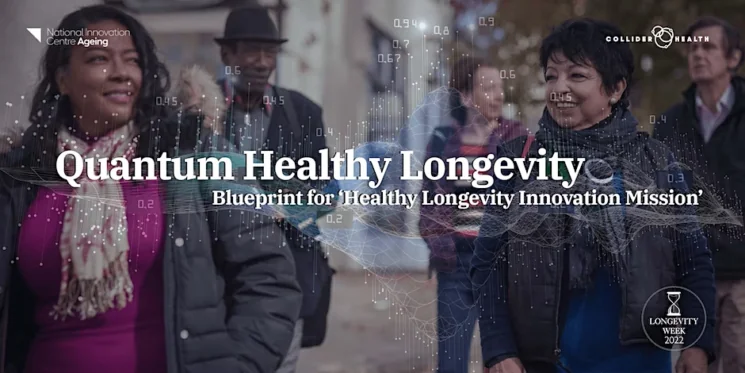New research published in Cancer Discovery has outlined a potential new method of using senescent cells to encourage the immune system to attack cancer [1].
Senescent cancer cells and immune clearance
Cellular senescence is a stress response [2], and cancer cells within tumors undergo significant stress: they lose access to oxygen and nutrients, they divide faster than they can sustain themselves, they accumulate reactive oxygen species, and they endure strong intercellular signals [2,3,4]. Many of these cells lose their ability to replicate, becoming senescent cancer cells.
The senescence-associated secretory phenotype (SASP) promotes inflammation, and previous work has shown that it encourages immune cells to clear out the senescent cells producing it [5]. Unfortunately, senescent cells can other compounds that inhibit the immune system, such as HLA-E, which discourages natural killer (NK) and CD8+ T cells from destroying them [6]. Most research in this area has been done with a focus on the innate immune system, particularly macrophages and NK cells; these cells, especially in the context of cancer, are considered the most important in destroying senescent cells [7].
The adaptive immune system’s role in senescence response is often considered less notable and has been less studied. However, one previous study showed that senescent liver cells in particular express MHC-II, a class of molecules that activate CD4+ T cells in this context [8]. This research pushes further in this direction, examining the effects of the SASP on CD8+ T cells.
Immune signals stimulate CD8+ T cells
Senescent cells are heterogenous, and the two principal ways in which they differ are their cell types and what has driven them to senescence. The researchers tested seven different combinations of type and driver, four taken from human cell lines and three from mice. Two of the cell types were cancerous. The marker SA-ß-gal and mRNA expressions of senescence-associated genes were used to confirm that the tested cells had actually become senescent.
All of the tested cells were found to have expressed increased levels of Type 1 interferons (IFNs), which are part of the SASP and stimulate production of the MHC-I immune signaling complex [9]. This study found that senescent cells of all the tested types, including cancer, increased MHC-I signals as a whole and that inhibiting IFN reduced these signals.
The next experiment was to determine if senescent cells would directly trigger a CD8+ T cell response. For this experiment, the researchers injected mice with either senescent fibroblasts or one of two controls: a negative control containing an empty vehicle and a positive control containing a known antigen.
The results were substantial. Living mice exposed to senescent cells formed a strong CD8+ T cell response against those cells, even when they were taken out of the mice. MHC-II was not expressed nearly as strongly, explaining the weaker response of CD4+ T cells.
The researchers found 74 peptides related to MHC-I that were only expressed by senescent cells. Ten out of those 74 were found to be substantially expressed by coding mRNA. Three of the prioritized ten, and three combinations of the remaining 64, were found to stimulate the murine cells that were trained against senescent fibroblasts.
A closer look at cancer
While highly informative, those experiments were not focused on cancer cells. To test cancer, the researchers injected mice with vehicle, untreated cancer cells, senescent cancer cells, and cancer cells undergoing immunogenic cell death (ICD). They also measured the damage-associated molecular patterns (DAMPs) of ICD cancer cells and senescent cancer cells, finding that they were similar.
However, the senescent cancer cells lasted much longer in mice. While the ICD cells died off and the cancer cells proliferated as cancer does, the senescent cells did little but provoke a substantial immune response among dendritic cells, which are part of the adaptive immune system and produce antigens. This response was even greater than against proliferating cancer.
Injecting the senescent cell-treated mice with cancer cells demonstrated that they were far better protected than ICD-treated mice or mice treated with dying senescent cancer cells. In the case of pancreatic cancer, none of the treated mice developed tumors at all. The immune cells of treated mice were also much better at infiltrating melanoma tumors that are usually resistant to immune attacks.
Co-culturing dendritic cells alongside senescent cancer cells showed a similar result: these cells were more effective at activating CD8+ T cells than their non-senescent counterparts.
Finally, and perhaps most importantly, these results were validated in a human cell experiment. Tumor-infiltrating lymphocytes were exposed to senescent and non-senescent human cancer lines, and the lymphocytes exposed to senescent cancer cells activated CD8+ T cells much more strongly.
Conclusion
With a wealth of strong preclinical data in hand, the researchers conclude that using senescent cancer cells to encourage human immune systems to destroy cancer is a potentially viable approach. As senescent cells, and cancer cells, differ wildly, a substantial number of human clinical trials will need to be conducted to determine if therapies built around this concept can improve survival rates and potentially defeat some types of cancer entirely.
We would like to ask you a small favor. We are a non-profit foundation, and unlike some other organizations, we have no shareholders and no products to sell you. All our news and educational content is free for everyone to read, but it does mean that we rely on the help of people like you. Every contribution, no matter if it’s big or small, supports independent journalism and sustains our future.
Literature
[1] Marin, I., Boix, O., Garcia-Garijo, A., Sirois, I., Caballe, A., Zarzuela, E., … & Serrano, M. (2022). Cellular senescence is immunogenic and promotes anti-tumor immunity. Cancer Discovery, CD-22.
[2] Calcinotto, A., Kohli, J., Zagato, E., Pellegrini, L., Demaria, M., & Alimonti, A. (2019). Cellular senescence: aging, cancer, and injury. Physiological reviews, 99(2), 1047-1078.
[3] Prata, L. G. L., Ovsyannikova, I. G., Tchkonia, T., & Kirkland, J. L. (2018, December). Senescent cell clearance by the immune system: Emerging therapeutic opportunities. In Seminars in immunology (Vol. 40, p. 101275). Academic Press.
[4] Muñoz-Espín, D., & Serrano, M. (2014). Cellular senescence: from physiology to pathology. Nature reviews Molecular cell biology, 15(7), 482-496.
[5] Wang, L., Lankhorst, L., & Bernards, R. (2022). Exploiting senescence for the treatment of cancer. Nature Reviews Cancer, 22(6), 340-355.
[6] Pereira, B. I., Devine, O. P., Vukmanovic-Stejic, M., Chambers, E. S., Subramanian, P., Patel, N., … & Akbar, A. N. (2019). Senescent cells evade immune clearance via HLA-E-mediated NK and CD8+ T cell inhibition. Nature communications, 10(1), 1-13.
[7] Xue, W., Zender, L., Miething, C., Dickins, R. A., Hernando, E., Krizhanovsky, V., … & Lowe, S. W. (2007). Senescence and tumour clearance is triggered by p53 restoration in murine liver carcinomas. Nature, 445(7128), 656-660.
[8] Kang, TW., Yevsa, T., Woller, N., … & Lars Z. (2011). Senescence surveillance of pre-malignant hepatocytes limits liver cancer development. Nature, 479, 547–551.
[9] Raval, A., Puri, N., Rath, P. C., & Saxena, R. K. (1998). Cytokine regulation of expression of class I MHC antigens. Experimental & molecular medicine, 30(1), 1-13.


